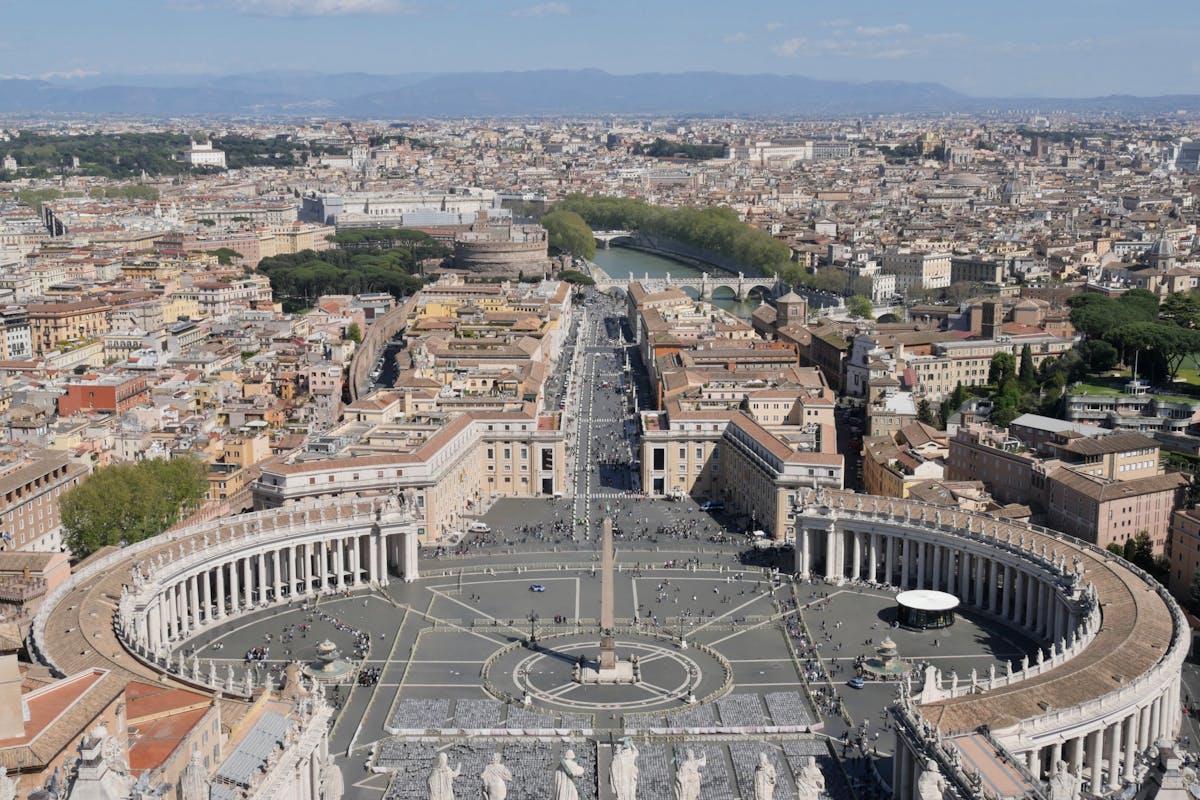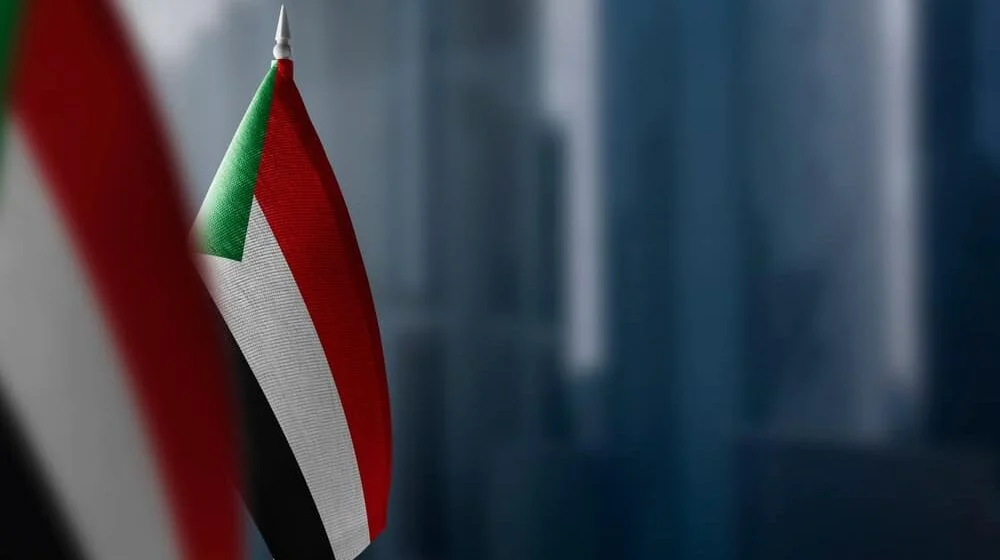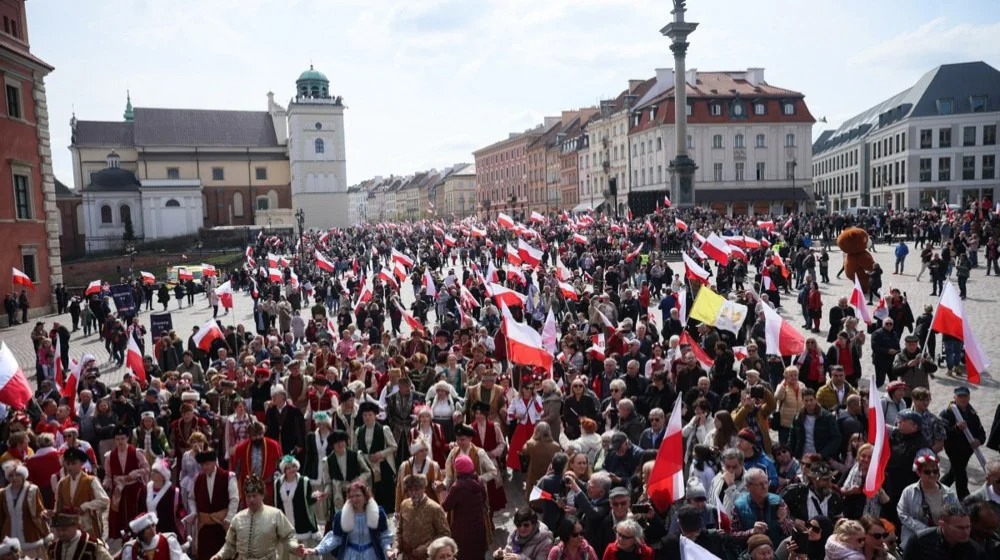
Conclave Begins Today: Cardinals Locked In to Elect a New Pope in the Heart of the Vatican — Here’s What We Know About the Most Secretive Process
The conclave is one of the most sacred and closed processes within the Catholic Church, an event of great spiritual, historical, and political significance. This ceremony, dating back to the Middle Ages, gathers cardinals who assemble to elect a new pope — the successor of Saint Peter and the spiritual leader of over 1.4 billion Catholics around the world.
The word “conclave” comes from the Latin expression “cum clave,” meaning “with a key,” because the cardinals are locked in a strictly guarded room — the Sistine Chapel — and remain isolated from the outside world until they reach a decision on the new pope.
Who Has Voting Rights?
Only cardinals under the age of 80 participate in the conclave. The number of cardinal-electors varies but is usually between 120 and 135. There will be 133 participating in the election of the new pope. All are required to move into the Vatican residence before the conclave and remain in complete isolation, without phones, internet, or any means of communication.
The Day the Conclave Begins
Following a nine-day mourning period for the deceased pope, the conclave begins with a solemn Mass in St. Peter's Basilica. This Mass, called “Pro eligendo Pontifice,” gathers all believers and cardinals in prayer for the wisdom and guidance of the Holy Spirit.
In the afternoon, the cardinals enter the Sistine Chapel in procession, singing ancient prayers such as the Litany of the Saints and Veni Creator Spiritus. Upon arrival, they take an oath of secrecy and loyalty. The ceremonial master then says the key phrase “Extra omnes” (“Everyone out”), after which all who are not part of the conclave must leave the room, and the doors are closed and locked.

The Voting Process
Voting may begin immediately, but more often starts the next day. Each day includes four voting rounds: two in the morning and two in the afternoon. Cardinals use pre-prepared ballots labeled “I elect as Supreme Pontiff,” on which they secretly write the name of their chosen candidate.
The votes are then carefully counted by selected scrutineers (vote counters), while three other cardinals check the validity of the entire process. To be elected, a candidate must receive a two-thirds majority of the votes.
If no pope is elected after multiple ballots, the process is paused for a day of prayer and reflection. In the case of a prolonged deadlock, rules allow a vote between the two leading candidates, but even then, an absolute majority is required.
The Symbolism of the Smoke
After each voting round, the ballots are burned. If black smoke appears from the Sistine Chapel chimney, it means no pope has been elected. The appearance of white smoke signals that the election has concluded — Habemus Papam! (“We have a pope!”)
After the Election
The elected cardinal must first accept the position and choose his papal name. He then retreats to a special room known as the “Room of Tears,” where he dons the white papal robes for the first time.
Shortly after, the cardinal protodeacon appears on the balcony of St. Peter’s Basilica and makes the announcement. The new pope then appears before the gathered faithful and delivers his first blessing to the world.
The conclave is an event where ancient liturgical symbolism meets the modern challenges of the global Church. Although the process is deeply rooted in tradition, it hosts contemporary dialogues on the direction the Catholic Church should take: between preserving doctrine and the need for modernization, between diverse cultures and local challenges across the globe.





